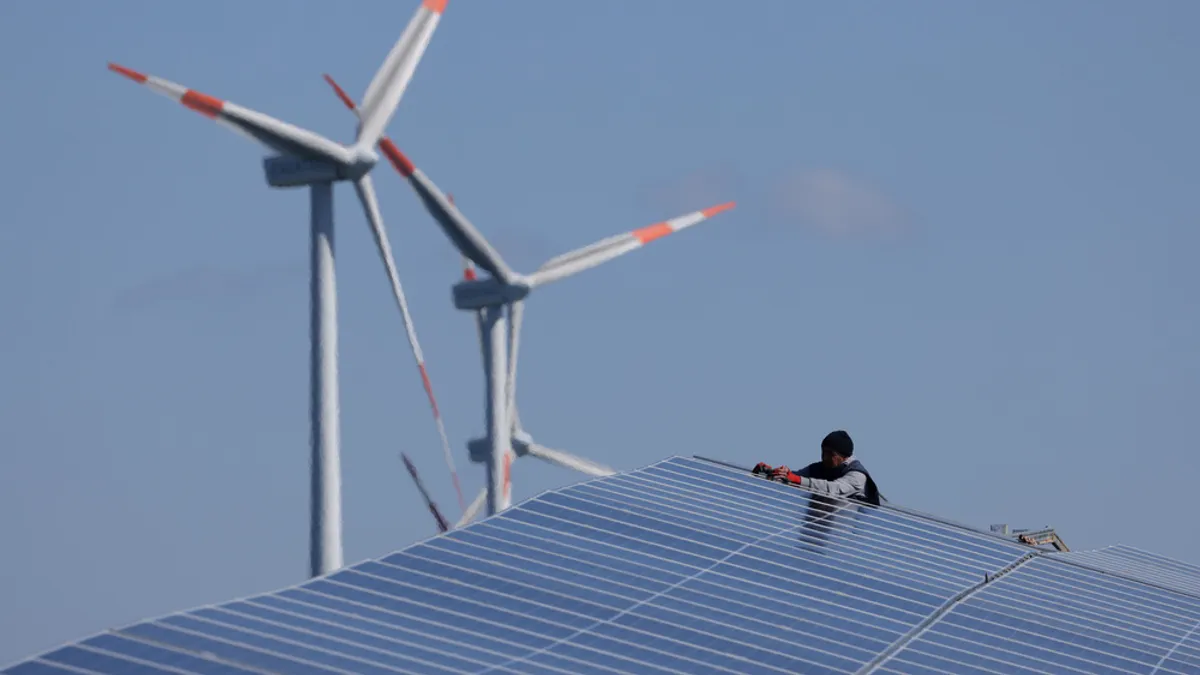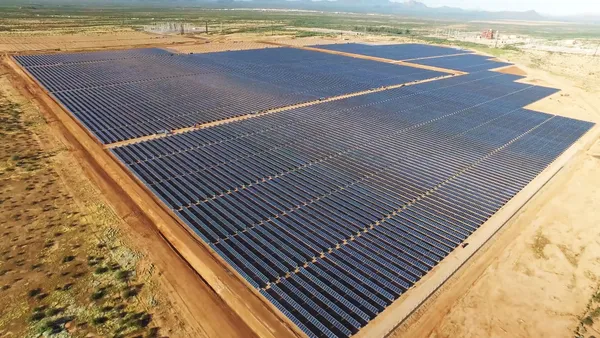Dive Brief:
- Hawaii Circuit Court Judge Gary Chang ruled last week that the Hawaii Public Utilities Commission (PUC) followed proper administrative procedure for rule-making in ordering major changes in the state’s net energy metering (NEM) policy and did not violate Chapter 91 of the Hawaii Revised Statutes.
- In October, the Hawaii PUC ended retail rate net metering in the state, reducing payments rooftop solar customers can receive for excess energy they export to the grid. Advocacy group The Alliance for Solar Choice (TASC) filed suit, arguing that the commission’s order violated state and federal laws because it was made without public hearings preceded by 30 days’ notice.
- Leaving the commission’s order terminating the NEM retail rate credit in place, Judge Chang ruled there was “no abuse of discretion in the PUC’s decision to proceed by way of order rather than rule-making.”
Dive Insight:
The Hawaiian Electric retail rate NEM programs were capped at existing levels as of the release of the October 12 decision. Systems installed before that date will be allowed to earn retail rate credits for exported electricity through the life of their contracts, but new rooftop solar users will have to choose from two less lucrative remuneration options.
PUC Attorney David Taga said the commission’s order was made to protect the stability of the state's grid against Hawaii's uniquely high penetration of distributed solar.
Net metered systems have increased by over 60 times the cap established by the initial 1996 legislation that set up NEM for Hawaiian Electric customers. Program capacity now runs from 30% to 53% of system peak load, depending on the Hawaiian island. Nearly 20% of all customers of the Oahu and Maui subsidiary utilities have net metered DG.
While TASC argues the new remuneration rates have decreased new solar installations, some industry observers say they are still high enough to support solar growth.
Based on today’s Oahu electricity rate, an installed cost of $4/watt, an average 5 hours of daily sun, and a system life of 25 years, retail credit NEM would provide a “windfall” rate of return of 18%, Makena Coffman, associate professor of urban and regional planning at the University of Hawaii, told Utility Dive in October.
With the new grid credit, Coffman said the rate of return is between 7.5% and 9%, depending on the utility.
“That is still quite high,” the professor said. “My 401(k) is not getting 7.5%. Nobody’s is.”
TASC Attorney Rob Harris said the advocacy group, which represents some national rooftop solar installation companies, will appeal Judge Chang's decision.
“This is the first step of many. We feel confident that the appellate court is going to agree,” Harris told the Star-Advertiser.













